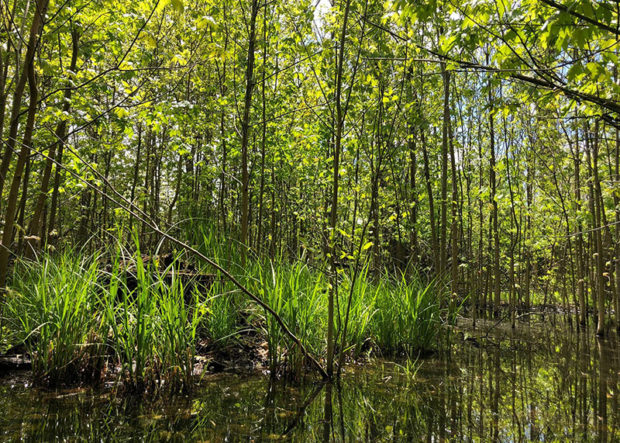
A unique but damaged ecosystem on the eastern side of Belle Isle Park is getting some much-needed attention. Restoration specialists with the Michigan Department of Natural Resources are working to bring back 200 acres of globally rare, forested wetland at the 2.5-mile-long island park in the Detroit River. It’s one of the largest wet-mesic flatwoods in existence and one of only six high-quality occurrences left in Michigan, providing habitat for a variety of rare plants, wildlife species and migrating songbirds. Wet-mesic flatwoods (forested wetlands) once were prominent along the Detroit River. Efforts to restore natural water flow, retain surface water and enhance ecological integrity began in spring 2021 and will help reverse damage that has occurred over the past two centuries.
Detailed information can be found here (120MB PDF Download).

Leave a Reply